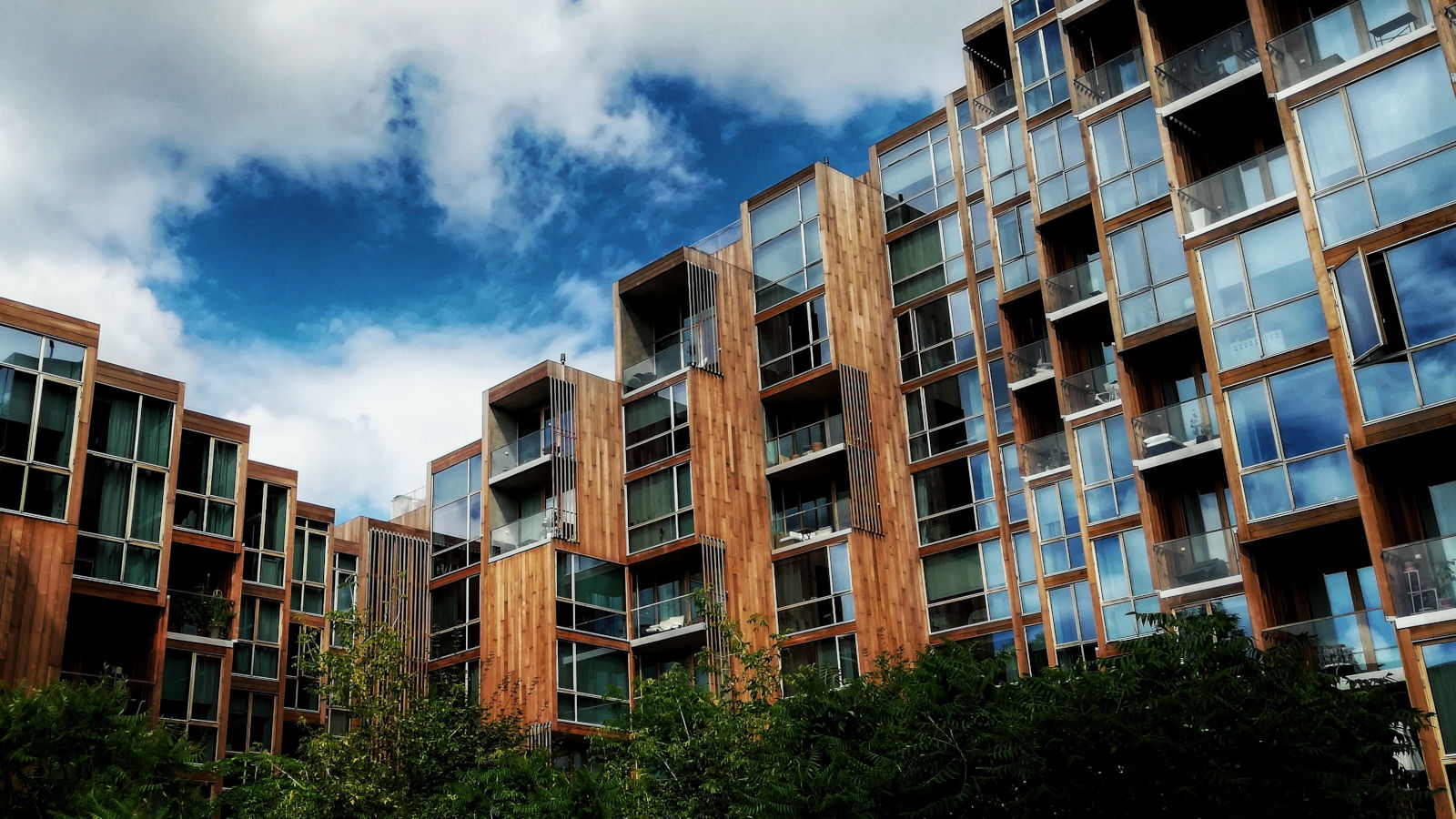
Currently, Sweden is experiencing the most troublesome development in the construction of new residential buildings in decades. The situation for the construction sector is dire in all of Europe considering high production costs and interest rate increases. But it is more pronounced in the Scandinavian Peninsula where anxiety now prevails in Sweden. After years of rising housing prices and soaring household debts, the rapid monetary tightening has problematic effects.
Construction of new residential is slowing down quickly in Sweden. A mix of factors has led to the current situation. During the era of loose monetary policy, in which the Swedish Riksbank went further than other central banks, housing prices soared and made it profitable to invest in housing. But it doesn’t explain all the price growth. There are also structural factors that have pushed people to enter the housing market and take on high levels of debt. Foreign analysts are prone to conclude that speculation has created a housing bubble.
Prices have increased enormously during the latest decades, house prices in Sweden have increased by almost 400 percent in the last 20 years. But speculation is not really a part of the explanation. The structural situation in the Swedish housing market is partly due to a dysfunctional rental housing market. Strong price regulation of rents and at the same time a lack of public investment hasn’t created the most suitable conditions.
The public sector responsibility for the construction of rental apartments is in principle significant but hugely neglected, and the investments have been too low to ensure an adequate housing supply. The consequence of regulating rents on the basis of public affordability objectives is precisely that the public sector must also invest in and build rental housing in order to avoid a housing shortage when the price mechanism of the market is neutralised and the conditions for private investment are not met.
The shortage of rental housing has meant that people have been pushed into the housing market for homeownership and forced to take out large loans to be able to enter and buy their first home. Having capital has become more important as prices have increased. At the same time, the government subsidizes interest costs for households, which has allowed for larger loans to be taken, resulting in further price increases in a self-reinforcing spiral.
Furthermore, the system of homeownership in Sweden differs from other countries. It is a cooperative form where households own the right to the apartment within an association, rather than owning it in full legal terms. Due to the collective ownership form, there is a lack of the right to rent out one’s dwelling for longer periods and thus invest in apartments to generate rental income while expecting the value of the asset to increase. This blocks traditional speculation and counteracts risk accumulation associated with bubbles.
The need to take out large loans and the availability of cheap credit have driven up prices to such an extent that it has become profitable to build new housing. The downside is that household debt has increased significantly, and the barriers to entering the housing market have risen sharply as prices have grown so rapidly. With interest rates now increasing rapidly, housing expenses have skyrocketed while the desire and ability to take on large loans have decreased. With the level of private indebtedness in Sweden being among the highest in the world this leads to greater sensitivity to interest rates than in the past. For the average household, a current interest rate increase of two percentage points roughly equates to an increase of four percentage points 15 years ago. As a result, housing prices are no longer expected to rise but have decreased, with implications for future construction.
Looking ahead, it is unlikely that we will experience the same rapid price increase for housing as has been the case in recent years. As the level of uncertainty subsides and the economic outlook improves, demand will return and the level of turnover in the housing market will increase. However, interest rate levels will likely be higher than in the past. This together with the high household debt level, will make housing-related expenses higher than before and restrain the upturn in prices. Without the same level of price growth as before, it will be a challenge for residential property developers to achieve profitability in projects when production costs continue to be high. Thus, there is a substantial risk that the investments in new residential will come short of the needs for a long time to come.
The natural course of action would be for public investments to step in and fill the void, starting to build more rental apartments to stabilize the building sector and prevent the actual housing shortage in Sweden from worsening. However, we have yet to see any signs of that happening.
